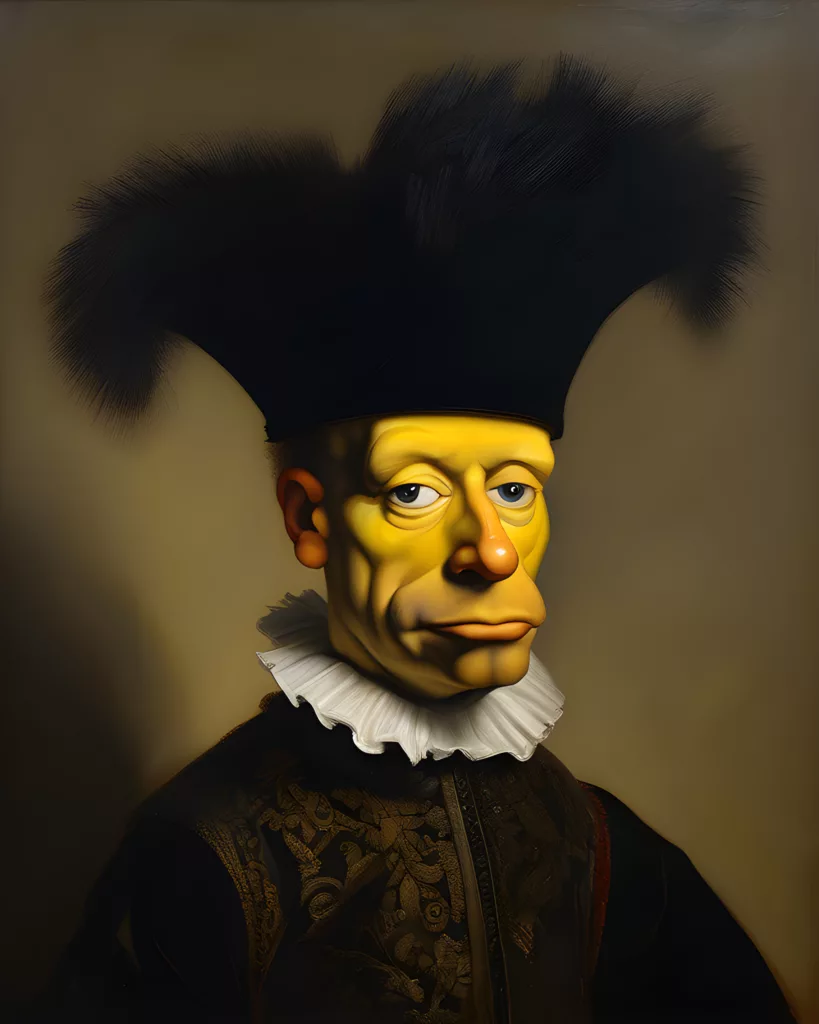How to “group by” and sum or count in LibreOffice Calc (Excel)
In the world of spreadsheet applications, LibreOffice Calc stands out as a versatile and powerful tool for managing data. It offers a wide array of features that can help you organize, analyze, and make sense of your data. One of these features, often underutilized, is the Subtotals functionality. In this blog post, we’ll explore how to use the Subtotals functionality in the Data menu of LibreOffice Calc to count how many times each item is repeated in a dataset. This is particularly useful when working with large datasets or lists, as it allows you to create summary reports without the need for complex formulas or manual counting.
Preparing Your Data
Start by opening LibreOffice Calc and loading the dataset you want to analyze. Ensure that your data is organized in columns and that each item you want to count is in a separate column. For example, if you have a list of products, each product name should be in its own column.
Sorting Your Data
To use the Subtotals functionality effectively, your data needs to be sorted by the column containing the items you want to count. To sort your data:
- Select the entire dataset by clicking and dragging your mouse.
- Go to the “Data” menu, and then click on “Sort.”
Sort Data
- In the “Sort Criteria” dialog box, select the column containing the items you want to count.
- Choose the sorting order (ascending or descending), and click “OK.”
Your data is now sorted and ready for subtotal analysis.
Using the Subtotals Functionality
With your data sorted, you can now use the Subtotals functionality:
- Select the entire dataset again.
- Go to the “Data” menu and click on “Subtotals.”
Subtotals
In the “Subtotals” dialog box, you’ll see options for grouping and summarizing your data. By default, it may suggest using the first column for grouping, which is what you want in most cases.
Subtotals Dialog
- In the “Function” dropdown, choose the type of summary you want, which is “Count” in this case.
- Make sure that the “Replace current subtotals” option is selected.
- Click “OK.”
LibreOffice Calc will now calculate the subtotal counts for each item in your dataset and insert them into your spreadsheet. It will also group items together and provide an outline to help you navigate the summary.
Subtotals Result
The Subtotals functionality creates a summary of your data by grouping items and counting them. You can expand and collapse these groups using the outlined symbols to the left of the spreadsheet. This allows you to view the summary data in a more organized manner.
The Subtotals functionality in LibreOffice Calc is a powerful tool for analyzing data and generating summary reports. Whether you’re working with product lists, customer data, or any other dataset, Subtotals can help you count how many times each item is repeated without the need for complex formulas or manual counting. By following the steps outlined in this blog post, you can harness the full potential of LibreOffice Calc and make your data analysis tasks more efficient and accurate. Give it a try, and you’ll be amazed at how Subtotals can streamline your data analysis workflow.






